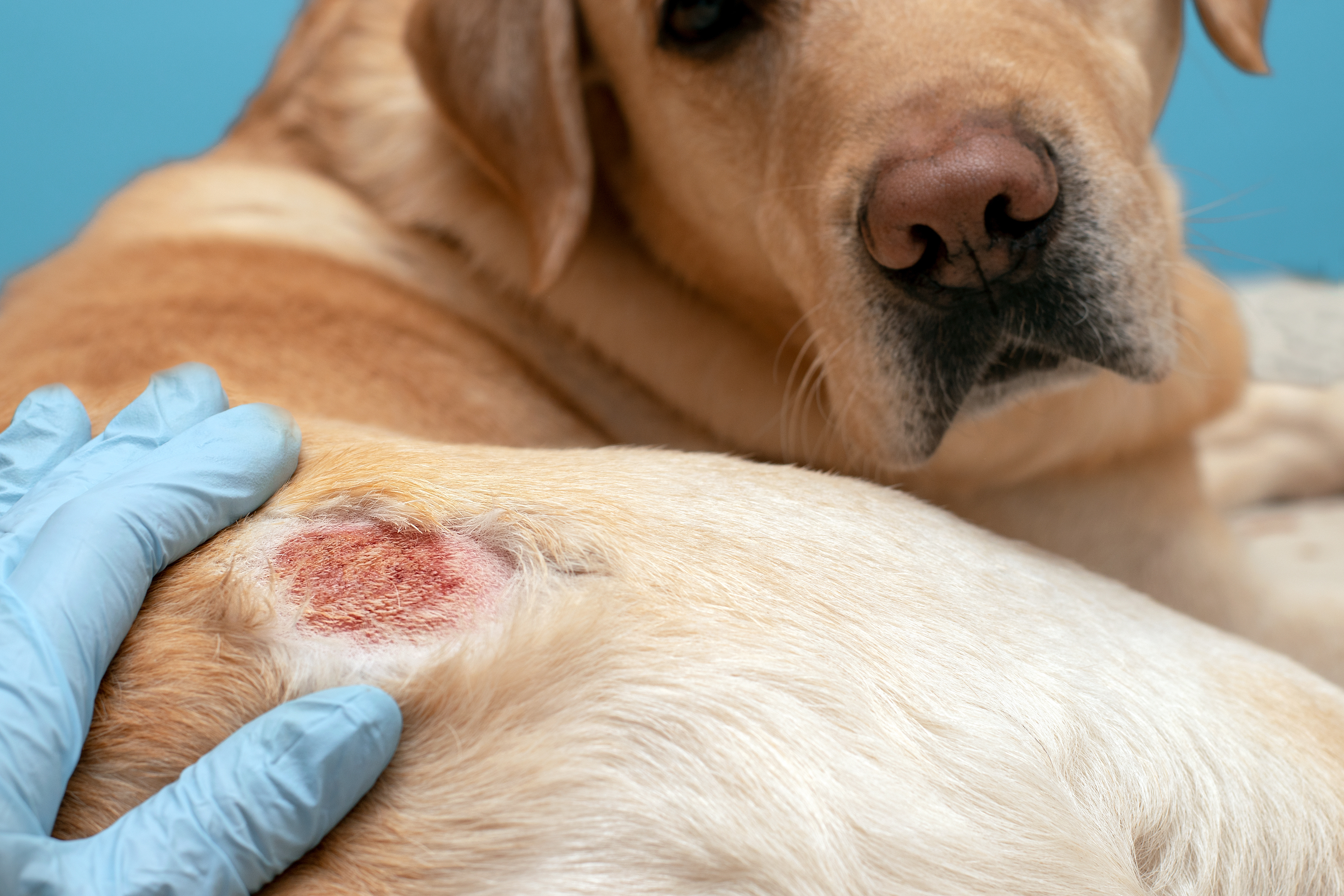In animals, as in humans, food allergies manifest as different clinical diagnoses.
Food allergies can be separated as IgE-mediated diseases, like urticaria, angioedema, anaphylaxis and acute, intermittent gastro-enteropathies. They can also be cell mediated, with eosinophils or lymphocytes, like in chronic gastro-enteropathies. Finally, they can have a mix of both mechanisms, like in food-induced atopic dermatitis. IgE serum tests are only designed to reveal IgE sensitisations to food allergens, therefore, such tests cannot predict cell-mediated diseases.
That’s why Nextmune is developing the first commercially available lymphocyte proliferation test for food allergens, the LPT, to help identify food sensitizations in cases of cell-mediated food allergies.
How does a lymphocyte proliferation test for food allergens work?
This test is based on the stimulation of mononuclear cells isolated from fresh EDTA-derived blood with food allergens. Blood mononuclear cells are cultured for 5 days with each food allergen. Blood lymphocytes will multiply if activated by food allergens. The results are expressed as a stimulation index after culture with food allergen over unstimulated cells.

When and how to use?
When an animal is suspected of having a food allergy, a focused anamnesis is crucial. This can determine what type of test is relevant depending on recent exposure, type of clinical signs and time for signs to flare after ingredient exposure.
Typically, IgE-mediated food allergy can lead to signs such as urticaria, angioedema, pruritus without visible lesions, erythema, oedema, conjunctivitis, anaphylaxis or/and acute gastro enteropathies, which would be visible between 15 minutes to 6 hours after oral ingestion of suspected ingredients. In these cases, a PAX IgE food test is recommended.
A cell-mediated (lymphocyte) food allergy is characterized by a delayed response with signs present 6 hours or more after oral ingestion of suspected ingredients. These signs are typically atopic dermatitis, otitis, pruritus with visible lesions or/and chronic gastro-enteropathies. In these cases, a LPT test is recommended.
If history is unknown, or not possible to establish a conclusive anamnesis, or you are in the presence of mixed signs, then both a PAX and LPT test is recommended.

In conclusion, the development of a lymphocyte proliferation test to support diagnose of food allergies in veterinary medicine represents a significant breakthrough. This advanced diagnostic tool promises to enhance our ability to accurately identify and manage food allergies in animals, addressing both IgE-mediated and cell-mediated responses.
Nextmune expects to have this innovative test ready for launch in 2025, marking a new era in veterinary allergy diagnostics and care. Stay tuned for more updates!
 Global English
Global English

 Danmark
Danmark
 Deutschland
Deutschland
 Bélgique (FR)
Bélgique (FR)
 Nederland
Nederland
 Norge
Norge
 Sverige
Sverige



